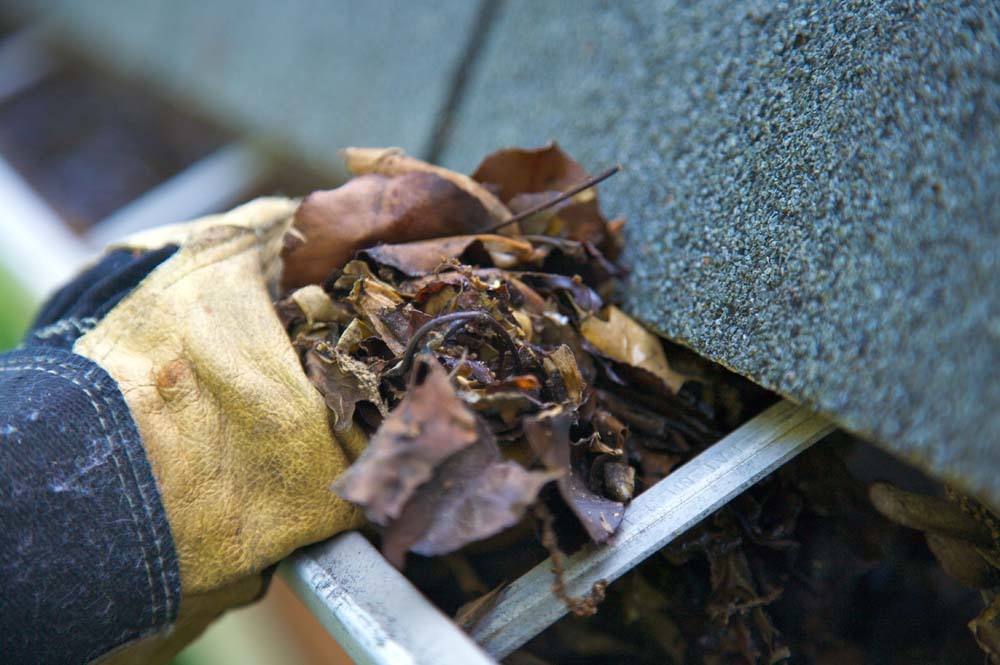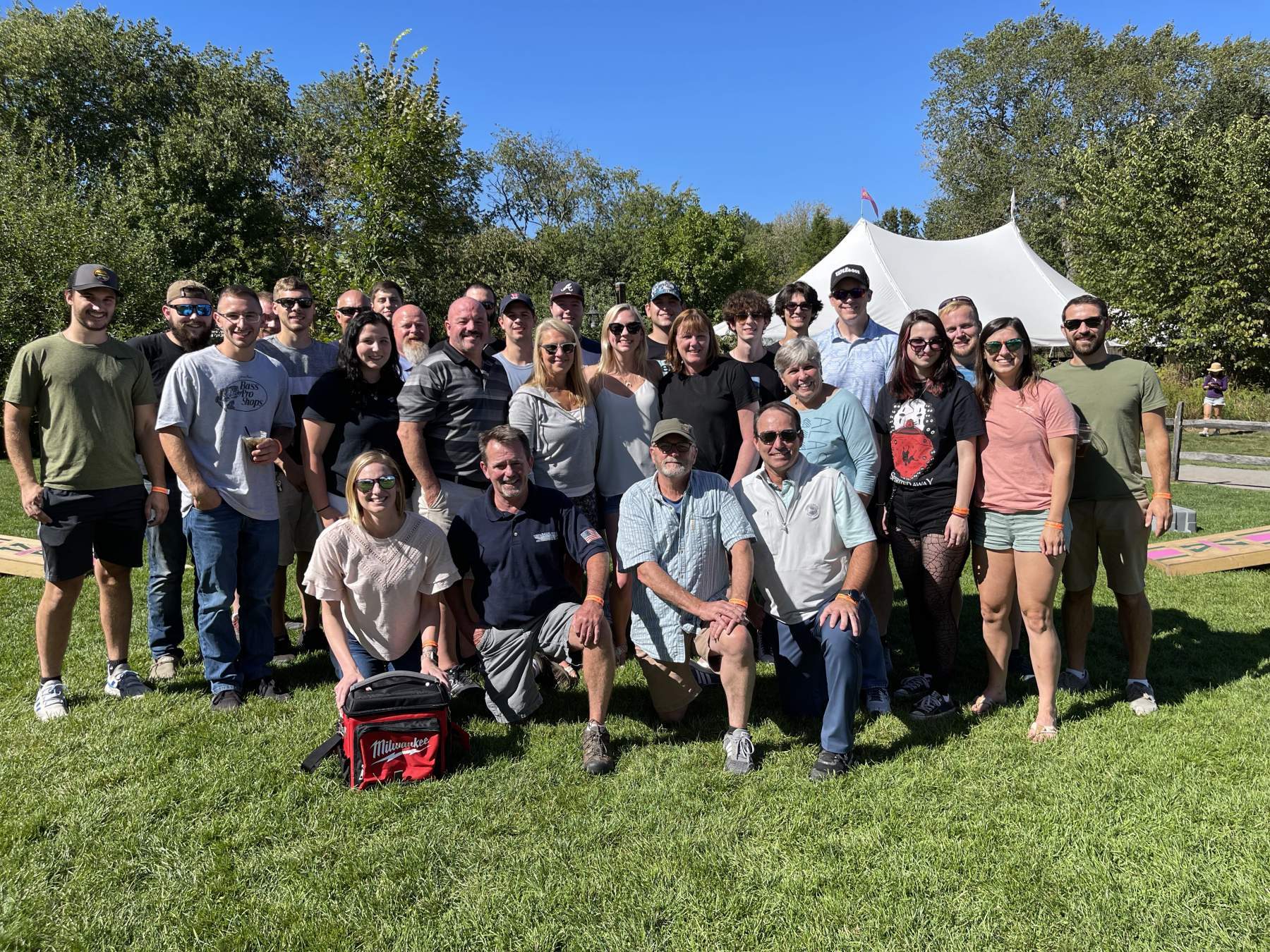Spring has Arrived! (Thankfully)
With the melting of the huge amount of snow we experienced this winter combined with April Showers, the threat of flooding is always a risk. Here are Ten Tips to help you control ground water around your house, which is the source of most basement flooding … AND to limit damage should you experience a wet basement.
1) Make sure your roof gutters are clean and clear of obstruction.
2) Check the downspouts on your house. Does water flow freely out of the bottom opening? Make sure the water discharges a few feet away from the foundation wall and that it has an unobstructed path that leads it well away from the house. Center splash blocks under downspouts so the water is directed properly. If you have downspout extension pipes, make sure they are connected and pointed in the right direction to lead water away from the house.
3) To prevent window wells filling with water, cover them with plastic well covers or a sheet of plywood that leans against the house.
4) Make sure garden borders, debris and mulch do not create dams that hold surface water up next to the house.
5) Inspect any exposed walls inside your basement. Caulk any gaps or cracks.
6) If you have a sump pump, make sure it is plugged in and working. Check it by dumping a few gallons of water into the sump pit and confirm that it drains the water properly. If you don’t have a sump pump, consider getting one now, especially if you have had problems with wet basements in the past.
7) If you have an interior drain in the basement floor, be sure that it is clear.
8) A backwater valve will stop water and sewage in an overloaded sewer line from flooding back into your basement.
9) Pick up boxes and anything that is vulnerable to water and put them on shelves or put down oak pallets under boxes to lift them up a few inches or more off the floor.
10) Remove important documents, files, photos, or memorabilia from the basement to avoid mildew or ruin if the basement does get flooded.









